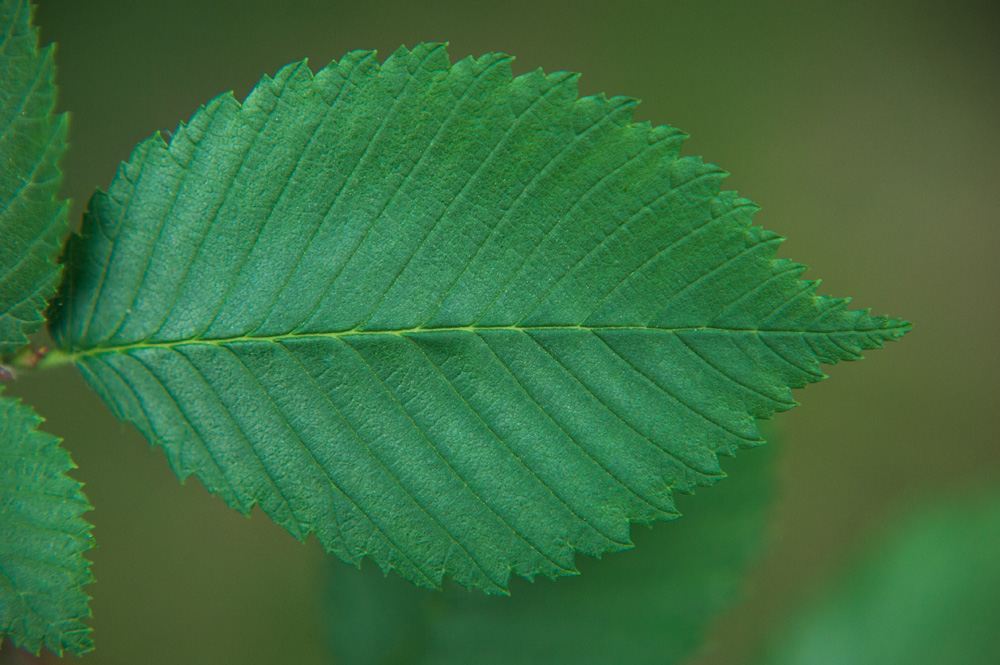Ulmus alata
Common Name:
Winged Elm

General information:
Usually seen at 40 to 50 feet high, Winged Elm can reach 90 feet in height in the woods with a 30 to 40-foot spread. Canopy form is variable from pyramidal to vase or rounded. A North American native, this fast-growing deciduous tree is quickly identified by the corky, winglike projections which appear on opposite sides of twigs and branches. Branches rise through the crown, then bend in a sweeping manner toward the ground. The size of the wings varies greatly from one tree to another. Because it is found growing in wet sites as well as dry, rocky ridges it is a very adaptable tree for urban planting.
It has light brownish gray bark which has very shallow fissures. Its leaves are alternate, narrow, doubly serrated and very slightly hairy underneath. Its flowers appear before the leaves in spring and are born in clusters and are without petals. The fruit is in the form of a flat winged capsule containing one seed.
Family:
Ulmaceae
Lighting:
Winged elm will grow in full sun but prefer shade. Temperature: Zones 6 through 9.
Watering:
Will tolerate drying out between waterings. Feeding: No information available.
Pruning and wiring:
The winged elm is a fast grower, quickly producing the fine twiggy growth and small leaves which makes it as well as the Zelkova so popular. This makes it a good candidate for the clip and grow method of training. It will take heavy pruning throughout the growing season. They are vigorous top growers, so when pruning keep more leaves on the lower branches and less on the upper branches. The twigs tend to grow in a naturally pleasing zig-zag manner and the leaves reduce to a half inch or less.
Propagation:
They propagate easily from cuttings taken in the spring just as the buds begin to swell. Seeds should be planted as soon as they ripen.
Repotting:
It will tolerate a wide range of soil types and moisture levels. It seems to prefer, however, a soil loose and gravelly with a high humus content.
Pests and diseases:
The biggest problem is Dutch elm disease which can kill trees. To protect the community from widespread tree loss, do not plant a large number of these trees. Some trees are susceptible to powdery mildew, causing varying degrees of leaf color changes in fall, right before leaves drop. Mites can yellow the foliage but usually cause no permanent damage. Scale insects can infest Winged Elm along branches. Scale infestations are often missed due to the thick, corky bark along the twigs.
Bibliography:
“Educational Forum”, Florida Bonsai, IX, 3:39-40.
“Winged Elm” by W.A. Jackson, Florida Bonsai, XVIII, 1:3-5. USDA Fact Sheet ST-648
Compiled by Thomas L. Zane
